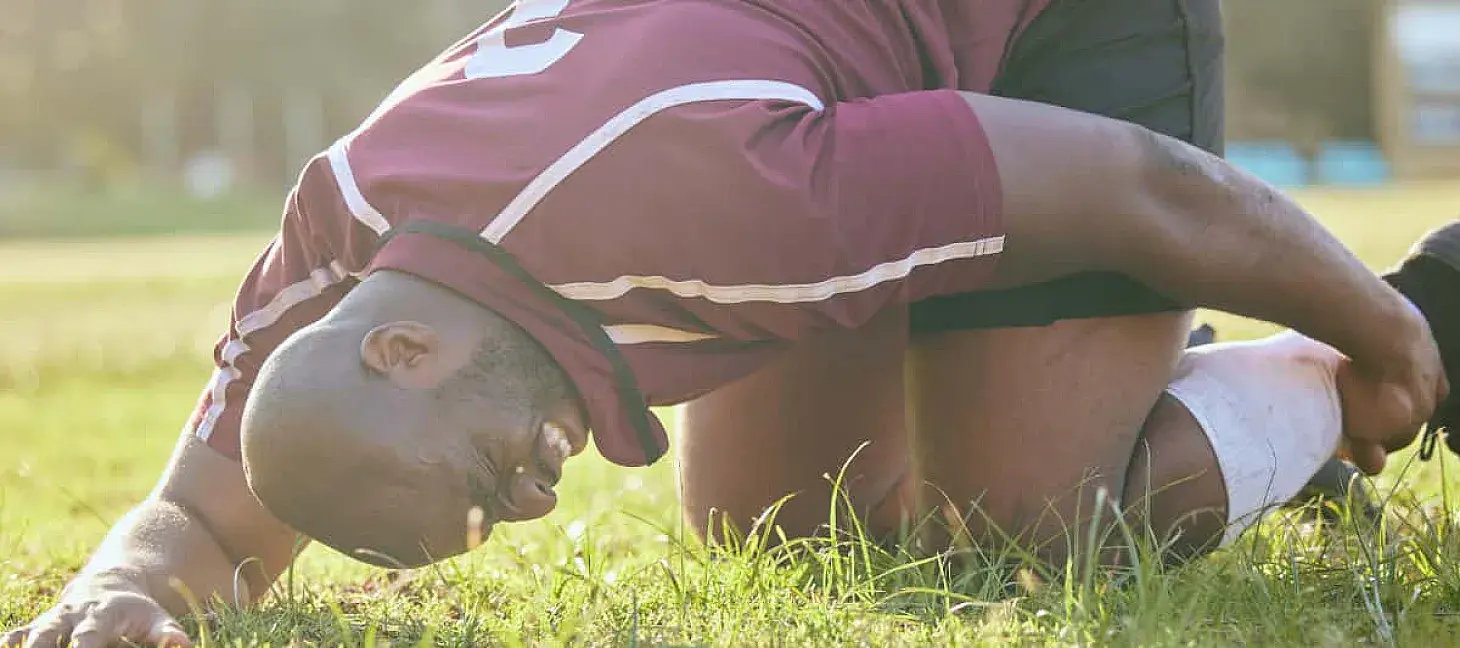Why are Shin Guards mandatory inFootball?
The introduction of shin guards as mandatory equipment in football varies depending on the rules and regulations of individual football associations. In general, shin guards were implemented to protect players from injuries, particularly in the lower leg area.
The specific timing and responsibility for their introduction differ from country to country. Over time, shin guards became mandatory in many countries, meaning players are required to wear them to participate in official competitions. These decisions were often made by national football associations or international organizations such as FIFA.
Benefits of Shin Guards:
Protection Against Injuries
In the heat of a football match, collisions, kicks, falls, fouls, and other impacts are inevitable, even with the best intentions of fair play. Football is a physically intense sport with frequent accidental contact and a high risk of injury. Shin guards provide significant protection against bruises, abrasions, sprains, and even fractures.
Prevention of Serious Injuries
Without shin guards, players would experience far more painful shin contusions or fractures, sidelining them for weeks or even months. Especially during hard tackles or collisions on the field, shin guards help absorb impacts and reduce the forces involved, leading to a measurable decrease in injuries.
Compliance with Rules and Regulations
Football has many rules established by various associations and organizations, including FIFA. These regulations mandate the use of shin guards for all players. Players who compete without appropriate shin protection risk disciplinary actions such as warnings or even being sent off the field.
Equal Conditions for All
Requiring shin guards ensures that all players compete under similar safety conditions, even if this slightly restricts freedom of movement. This mandate reflects the principles of fairness and equal opportunity on the field.
Conclusion
Shin guards, while simple, are highly effective protective gear for football players and have become a staple in women’s football as well. They significantly reduce the risk of injury and provide a high level of physical safety for all players.

